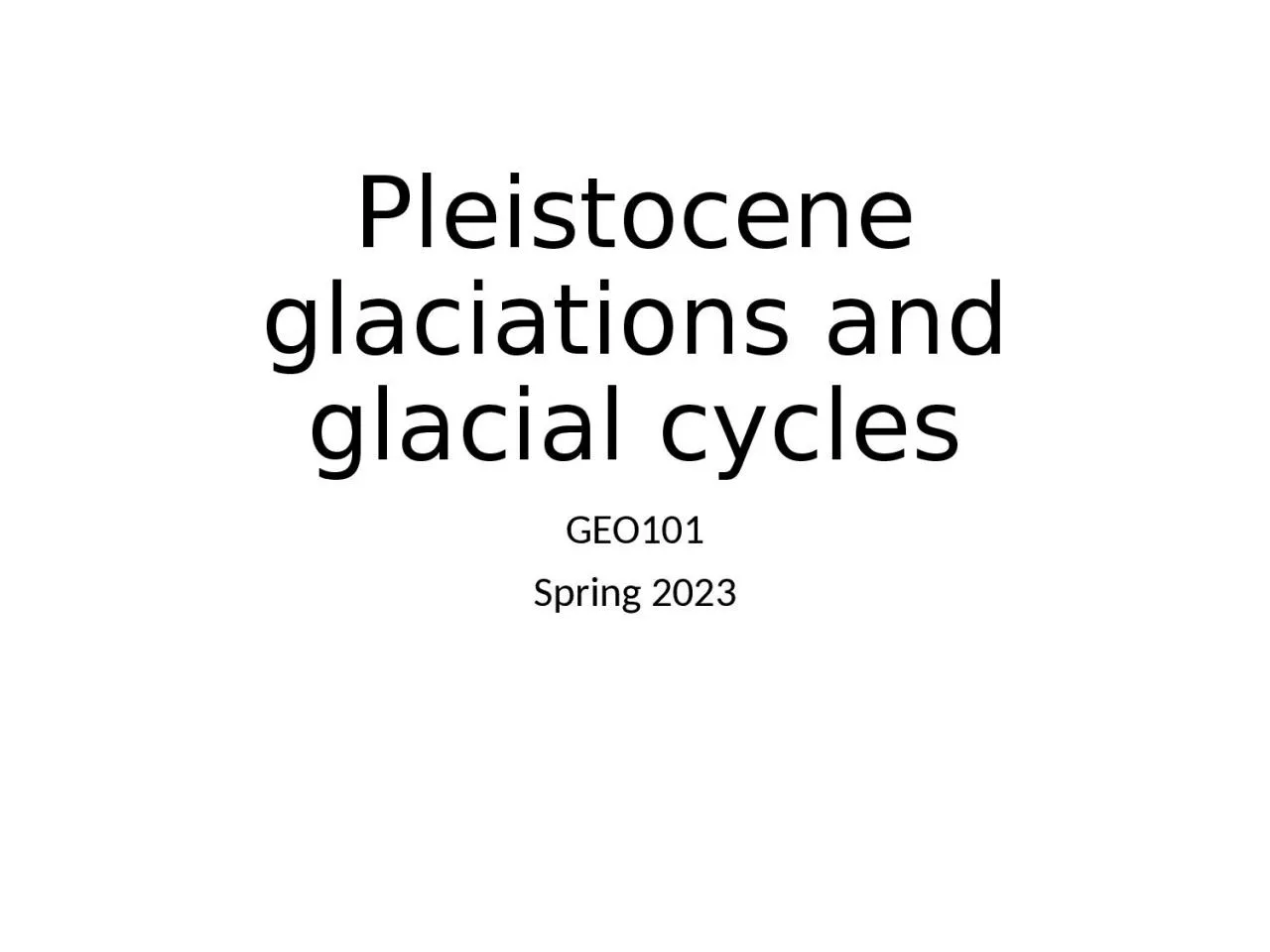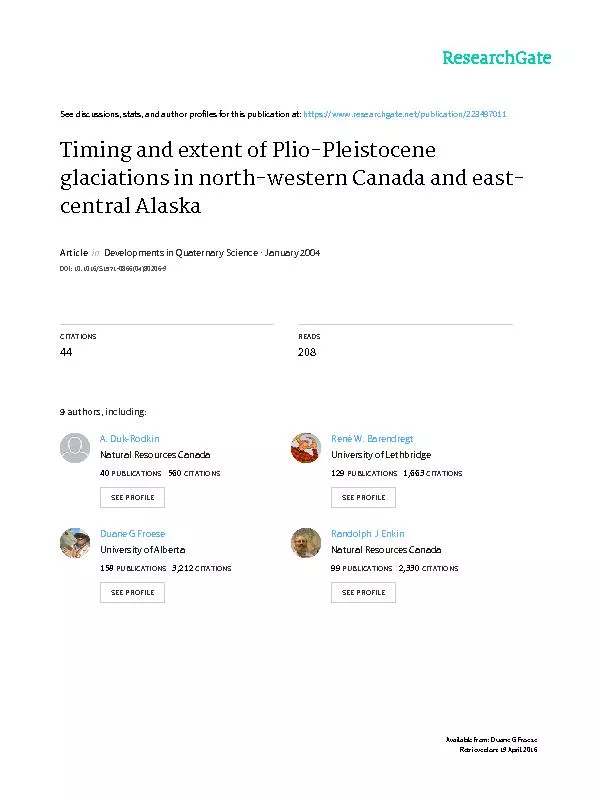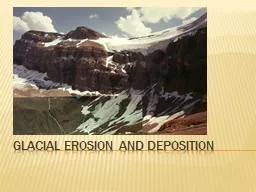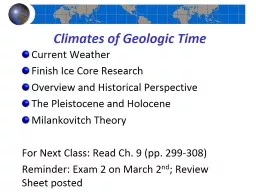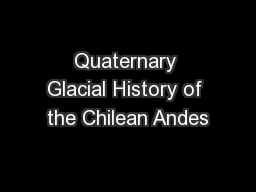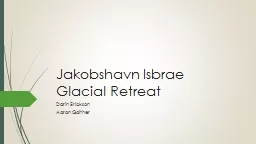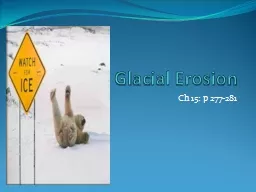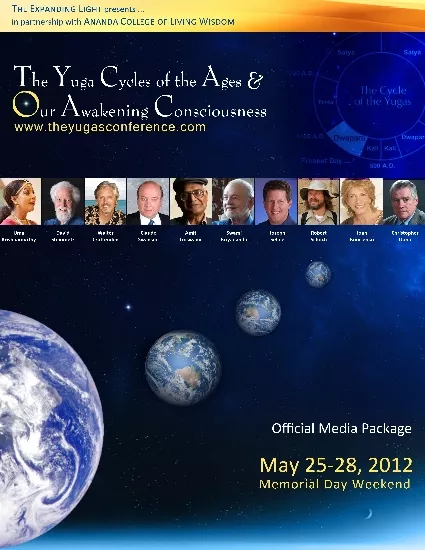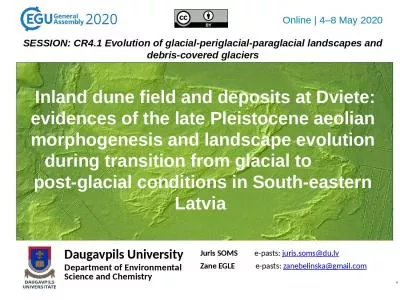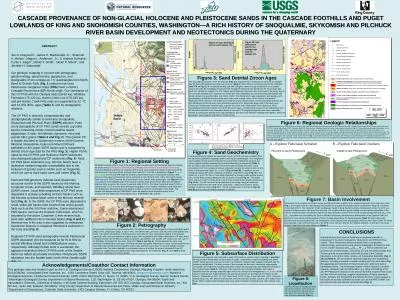PPT-Pleistocene glaciations and glacial cycles
Author : sophia | Published Date : 2023-10-04
GEO101 Spring 2023 Contents Growth of glaciers in the Cenozoic Era Glacial cycles The astronomical theory for glacial cycles Cenozoic Glaciers Cenozoic era started
Presentation Embed Code
Download Presentation
Download Presentation The PPT/PDF document "Pleistocene glaciations and glacial cycl..." is the property of its rightful owner. Permission is granted to download and print the materials on this website for personal, non-commercial use only, and to display it on your personal computer provided you do not modify the materials and that you retain all copyright notices contained in the materials. By downloading content from our website, you accept the terms of this agreement.
Pleistocene glaciations and glacial cycles: Transcript
Download Rules Of Document
"Pleistocene glaciations and glacial cycles"The content belongs to its owner. You may download and print it for personal use, without modification, and keep all copyright notices. By downloading, you agree to these terms.
Related Documents

